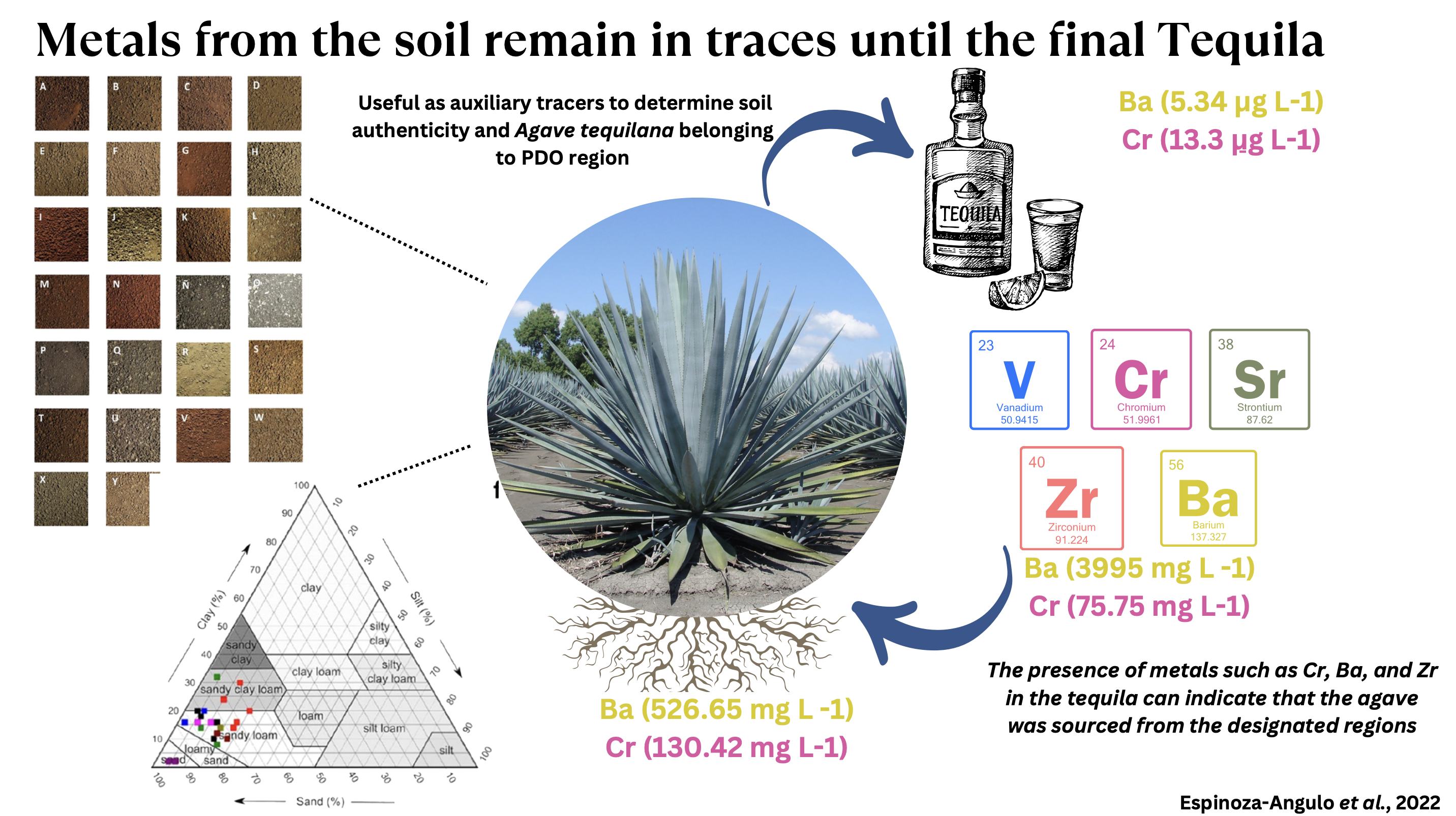When you sip a glass of Tequila, it’s not just the flavor you’re tasting—it’s the essence of a place, the skill of its people, and centuries of tradition. That’s the magic of terroir, a French concept at the heart of Geographical Indications (GIs), encapsulates the unique interaction between a product and its place of origin. This interplay creates the product’s typicity—a distinctiveness shaped by local geography, people, and production practices.
As the development of GI strives from the TRIPS Agreement, Under Article 22, GIs are recognized as identifiers linking products to a specific place of origin. The objective? To protect and promote these origin-linked characteristics, ensuring that products maintain their authenticity in a competitive global market.

The Three Pillars of Terroir: Place, People, and Production
Through various case studies, including Xihu Longjing (China) and Clementine di Calabria (Italy), the role of terroir in shaping GI products becomes clear. And today I want to share the insights through a group case study on Tequila that deep dive into the topic of terroir. Protected under frameworks like NAFTA and the EU-Mexico agreement, Tequila’s GI status safeguards its authenticity and celebrates its unique origin. Let’s break down how terroir works through Tequila by exploring its three foundational pillars: Place, People, and Production.
1. Place: The Geographical Foundation of Typicity
The geographical origin of a GI product forms the foundation of its uniqueness. The story of Tequila begins with its land—the sun-soaked fields of Jalisco, Mexico, where Agave tequilana Weber (blue agave) thrives that linked to the sunshine, landscape and more. Now more and more Scientific advancements engage in identifying and preserving these geographical markers. In the case of Tequila, studies like Espinoza-Angulo et al. (2022) demonstrate the importance of inorganic tracers in agave-growing soils.
These studies found that trace metals such as chromium (Cr), barium (Ba), and zirconium (Zr) influence the quality of agave plants. These metals, absorbed by the agave, remain in trace amounts throughout the production process, acting as scientific markers of geographical origin. This traceability ensures the authenticity of agave used in Tequila production and protects the industry from fraudulent practices. Such scientific insights reaffirm the critical role of place in defining terroir.

2. People: The KNOW-HOW of Knowledge and Tradition
While the land provides the foundation, it’s the people who bring Tequila to life. The jimadores (agave harvesters) are central to maintaining the quality and authenticity of the product. Their expertise, passed down through generations, reflects the deep cultural identity embedded in the production process.
The jimadores use a specialized tool called the jima coa to remove the agave’s spiky leaves and expose the heart of the plant, known as the piña. This labor-intensive process requires precision, as the quality of the piña directly impacts the flavor of Tequila. Beyond their technical skills, the traditions upheld by jimadores are a living connection to Mexico’s history, symbolizing the relationship between the people and their land.

3. Production: The Interplay of Nature and Human Skill
The production process combines natural resources and human expertise to create products that are economically valuable and culturally significant. Tequila production, as outlined in its Code of Practices, involves six major steps: harvesting, cooking, milling, fermentation, distillation, and maturation.
Research by Huang & Cadwallader (2023) highlights how the sensory profile of Tequila, including its distinct aroma, emerges from a combination of the compounds present in raw agave and the production steps. One thing need to mention is that producers have the flexibility to choose between traditional Tahona milling or modern roller mill crushing. While Tahona milling can impart earthy flavors to Tequila, it is less efficient than roller mills. Such choices, governed by the Code of Practices, allow for variations in flavor while preserving the overarching typicity of Tequila as a GI product.
The flexibility within the production system ensures that Tequila retains its authenticity while offering consumers diverse sensory experiences. This adaptability underscores how production systems balance tradition with innovation, reinforcing the economic and cultural value of GIs.

Conclusion
From the trace elements in agave soil to the skilled hands of jimadores and the meticulously crafted production process, every aspect of Tequila reflects its origin. By safeguarding terroir, GIs protect the typicity of products like Tequila, elevating them as symbols of authenticity, cultural heritage, and economic value. In a globalized market, the role of terroir in differentiating high-quality origin products underscores the importance of GIs in preserving tradition while fostering innovation and rural development. Through the lens of Tequila, the profound impact of terroir becomes evident, highlighting its significance as a cornerstone of Geographical Indications and a bridge to local communities and cultural heritage. Through the lens of Tequila, we see how GIs can bridge tradition and modernity, fostering rural development while celebrating the uniqueness of place. This is the power of terroir—a connection that transforms ordinary products into extraordinary stories.
Reference



